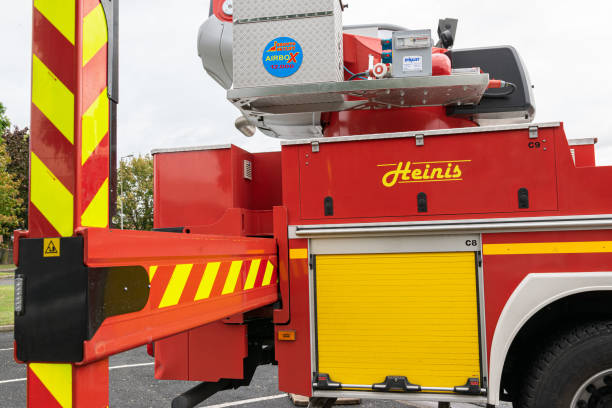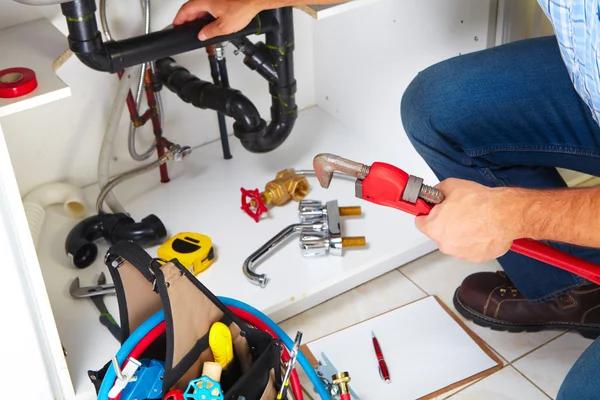Transformer fire barriers are crucial components in ensuring the safety and reliability of power distribution systems. These barriers play a vital role in containing and preventing fires from spreading within transformers, which are essential for transmitting electricity from power plants to homes, businesses, and other facilities.
Understanding the importance of transformer fire barriers requires a closer look at how transformers operate. Transformers are devices that transfer electrical energy between two or more circuits through electromagnetic induction. They are commonly used to step up or step down voltage levels in order to efficiently transmit electricity over long distances.
However, transformers can generate significant amounts of heat during operation due to the flow of electrical current through their windings. This heat can potentially ignite flammable materials within the transformer, leading to a catastrophic fire if not properly contained. Transformer fire barriers serve as a protective measure against such incidents by compartmentalizing the transformer and limiting the spread of fire.
There are several types of transformer fire barriers that are commonly used in power distribution systems. One common type is a liquid-immersed barrier, which consists of insulating oil or other dielectric fluids that surround the transformer’s core and windings. In case of a fire, these fluids help dissipate heat and suppress flames, preventing them from spreading to other parts of the transformer.
Another type of transformer fire barrier is a solid insulation barrier made from materials such as fiberglass or ceramic fiber boards. These barriers provide thermal resistance and structural integrity to contain fires within the transformer enclosure. Solid insulation barriers are typically installed around critical components like bushings, tap changers, and cooling systems to prevent fires from reaching these vulnerable areas.
In addition to physical barriers, proper ventilation is also essential click for more information maintaining safe operating conditions within transformers. Adequate airflow helps dissipate excess heat generated during operation and reduces the risk of overheating that can lead to fires. Ventilation openings should be strategically placed around the transformer enclosure to allow for efficient cooling while minimizing exposure to external sources of ignition.
Regular maintenance and inspections are key aspects of ensuring the effectiveness of transformer fire barriers. Insulation materials should be inspected for signs of degradation or damage that could compromise their ability to withstand high temperatures during a fire event. Additionally, all access points should be properly sealed to prevent dust accumulation or debris buildup that could hinder ventilation or create potential ignition sources.
In conclusion, understanding transformer fire barriers is essential for safeguarding power distribution systems against potential hazards like fires. By implementing robust barrier systems along with proper maintenance practices, utilities can ensure reliable performance and longevity for their transformers while protecting public safety and infrastructure assets from costly disruptions caused by preventable accidents.




